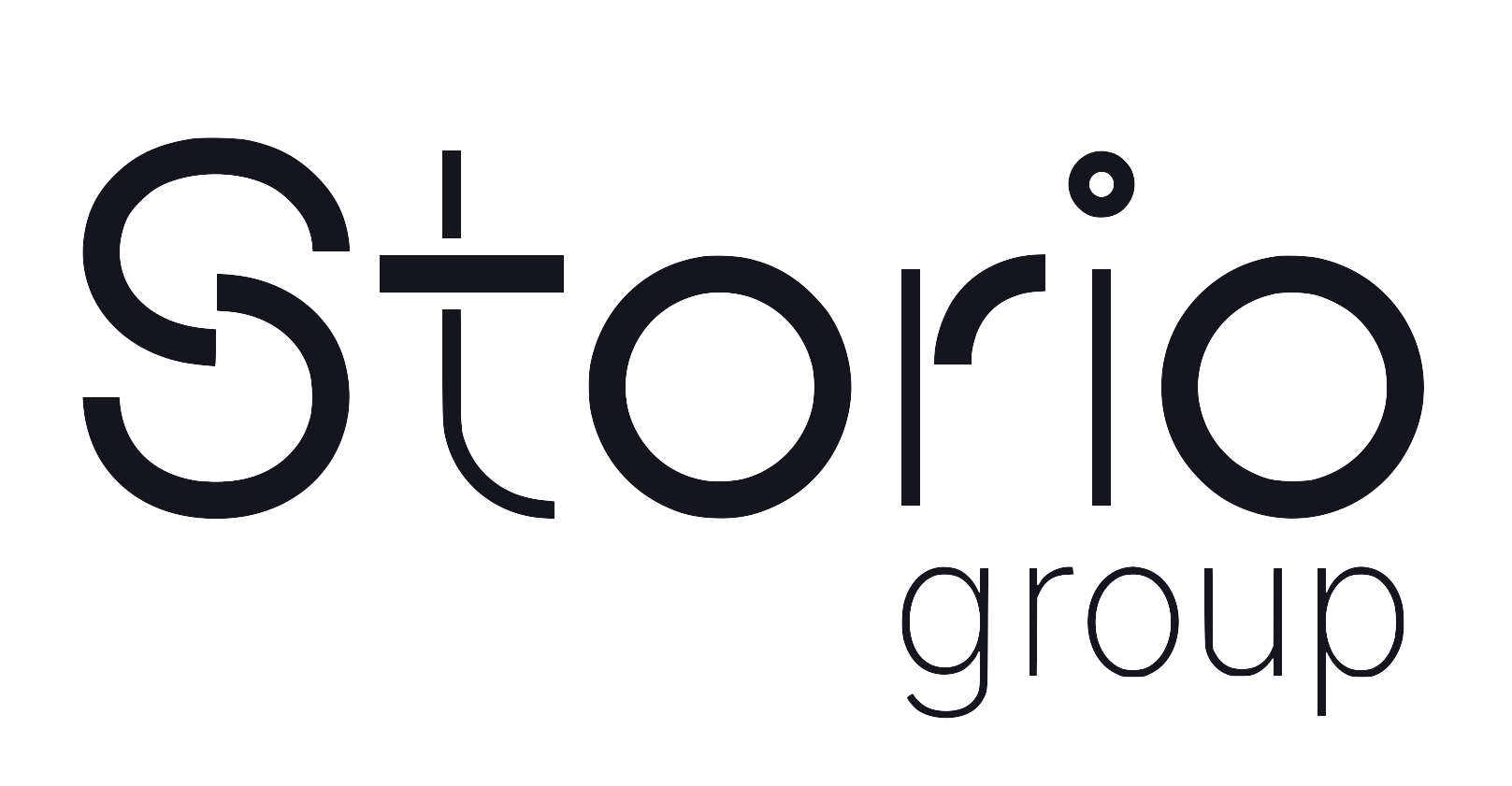Long-term Strategy
Mission
Use our organizational resources, skills and competencies combined to build a shared Engineering Culture that is a competitive advantage.
Vision
A work environment that sparks innovation, fosters collaboration and allows rapid delivery of high-quality solutions.
Long term strategy breakdown
Continuous aligning to what we have in our manifesto can be our long-term strategy. Even after initial alignment, teams’ cultures would inevitably drift in different directions over time. And each team would require their own set of actions to improve their own problematic culture areas. The process of culture aligning is continuous.
Enablers
1. A system to continuously monitor and improve the Storio Group engineering culture
We plan to put a system in place to continously monitor and improve the Storio Group engineering culture.
Action plan:
- Create a quarterly(or monthly, or half-yearly) survey to ask people for their current biggest problems with the engineering culture
- Measure other quantitative metrics like people turnover rate
- Develop a plan how to tackle issues found in previous steps and execute it (for example in a session between a team in question and engineering culture team)
- Measure how teams interact and contribute with each other (inner sourcing)
- Monitor culture awareness and conformity regularly through the retros that teams already do
Metrics:
- Number of improvements made to our culture in a month/quarter/year
- Average score of Storio Group engineering culture by employees (can be asked in a survey)
- People turnover rate
- Measure the number of external contributions or contributors from each team on Github.
- Moral survey outcome
Success criteria:
- We make at least one improvement to our culture every month/quarter/year
- Our average self-assessment culture score doesn’t decrease
2. Storio Group culture open sessions
Continuously discuss and review the data collected from teams in order to improve the manifesto, incorporate new ideas and keep the manifesto up-to-date.
Action plan:
- Based on regular cultural assessment checks and data collected from the teams (done by #1), the engineering culture team can promote open sessions in the company to evaluate the company culture and make adjustments.
Success criteria:
- Having at least two culture open session per year with more than 5 external participants (external from Engineering Culture pillar).
3. External culture improvements insights
Although all the efforts to create a culture that supports the company mission and vision, IT and software engineering changes fast. To get new insights and stay on top of the market best practices, we should investigate what other companies are doing and if we found something interesting, we could recommend as a possible Storio Group cultural addition.
Action plan:
- Visit (if possible) or interview professionals from other companies to obtain more information or insights on new cultural aspects.
- Review the data collected, and if applicable, propose changes to our current manifesto.
Success criteria:
- Perform at least two visits or interviews per year.
- After each visit or interview, review the data, insights and ideas collected and publish a new revision with updates on the manifesto or strategy documents.
4. Encourage cultural alignment with initiatives
We will continuously encourage teams to engage with the engineering culture we have defined together, in order to align teams between each other. The initiatives we propose help teams to reflect on their own culture, create more understanding between teams and further collaboration and knowledge sharing. These initiatives should be easy to join in on and take a limited amount of time to ensure there is a low barrier to participation.
Action plan:
- Introduce and periodically add new culture initiatives: Activities that teams can participate in to engage with the Storio Group engineering culture.
- Regularly review which teams are joining these initiatives, and celebrate or reward the teams that are doing well
Success criteria:
- Every team has joined in on at least one initiative.
- We have organized a ceremony to reward a team that took a leading role in these initiatives (Perhaps as part of a larger event such as the IT Monthly)
